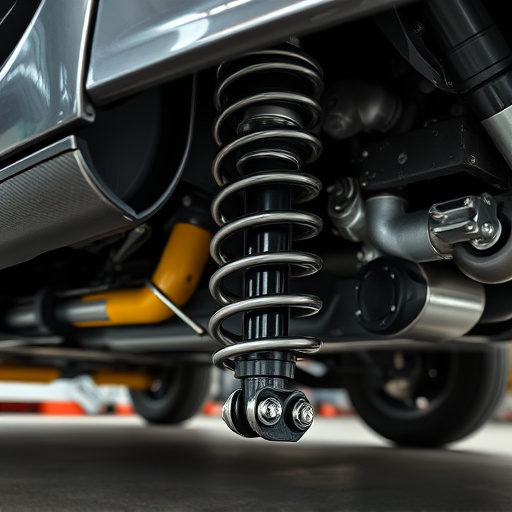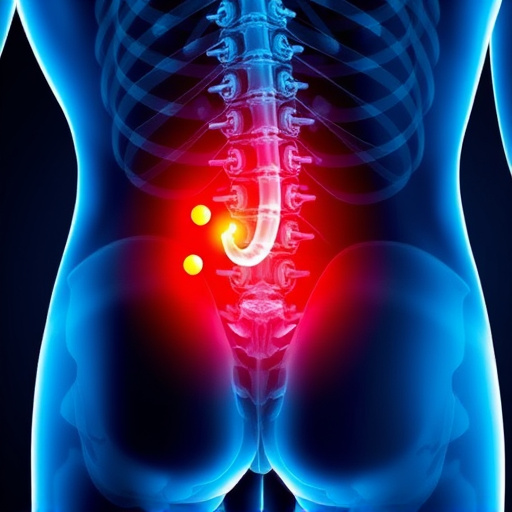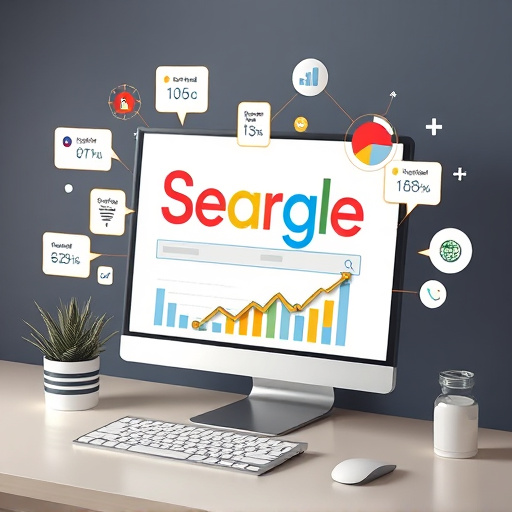Headers are vital for on-page SEO optimization, structuring content and guiding users/engines through pages. Using H1-H6 tags strategically improves readability, signals algorithms about page topics, and enhances local search visibility. Measuring success involves tracking keyword rankings and traffic changes with tools like Google Search Console, identifying high-performing pages to refine headers for better engagement and load times.
Headers play a crucial role in on-page SEO optimization, acting as roadmaps for search engines, guiding them through your content. Understanding how to harness their power can significantly boost visibility and rankings. This article delves into the science behind headers, offering practical tips for optimizing header tags to enhance your on-page SEO strategy. We’ll also explore proven methods for measuring the impact of these changes on your website’s rankings, empowering you to make data-driven decisions.
- Understanding Headers and Their Role in SEO
- Optimizing Header Tags for Better Visibility
- Measuring Success: Analyzing Header Impact on Rankings
Understanding Headers and Their Role in SEO
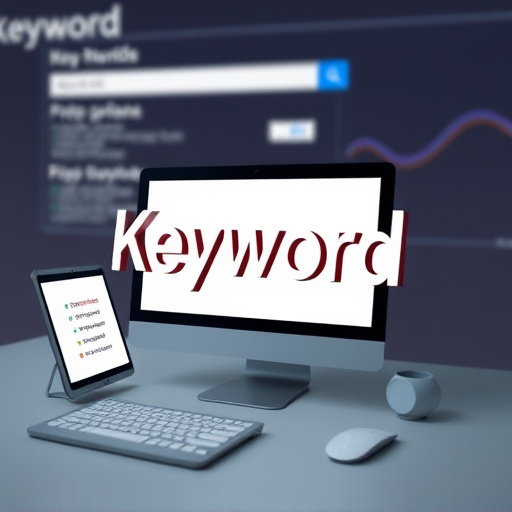
Headers play a pivotal role in on-page SEO optimization, acting as a roadmap for both search engines and users to navigate content efficiently. These structured elements, often represented by H1, H2, and subsequent headings, provide a hierarchical breakdown of an webpage’s content. By incorporating relevant keywords within headers, you enhance the context for search algorithms, making it easier for them to understand your page’s topic and intent.
Moreover, headers improve local search optimization by allowing users to quickly identify key sections related to their specific queries. For instance, a user searching for “web design near me” can swiftly scan the page to locate information about professional web design services offered locally. This not only improves user experience but also encourages longer visits, which are positive signals for SEO, especially when coupled with effective web design practices that cater to both aesthetic appeal and functionality.
Optimizing Header Tags for Better Visibility
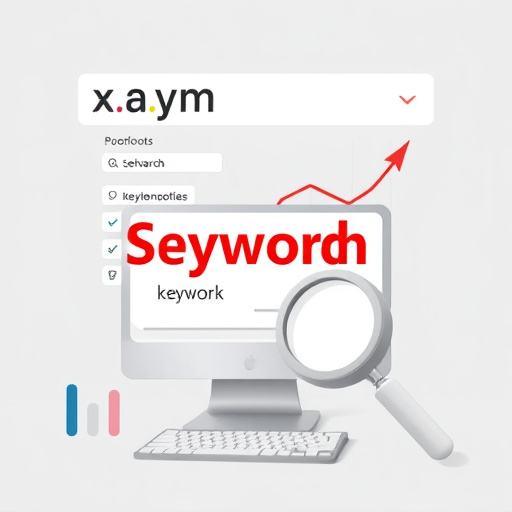
To enhance on-page SEO optimization, optimizing header tags is a strategic move that boosts visibility and search engine rankings. Header tags, represented by H1 to H6, provide structural hierarchy to web pages, guiding both users and search engines on the content’s organization. Crafting compelling headers that accurately reflect the page’s main topics not only aids in conveying information but also signals to search algorithms what the page is about.
For instance, using `
` for the main title and subsequent `
` and `
` tags for subheadings can significantly improve readability while instructing search engine crawlers where to focus. Incorporating relevant keywords naturally within these headers can further strengthen the on-page SEO strategy. This approach complements keyword research services, ensuring that both the content and structure of your website align with target audiences and search trends, such as web design South Florida or optimizing website speed for a better user experience.
Measuring Success: Analyzing Header Impact on Rankings
` tags for subheadings can significantly improve readability while instructing search engine crawlers where to focus. Incorporating relevant keywords naturally within these headers can further strengthen the on-page SEO strategy. This approach complements keyword research services, ensuring that both the content and structure of your website align with target audiences and search trends, such as web design South Florida or optimizing website speed for a better user experience.
Measuring Success: Analyzing Header Impact on Rankings
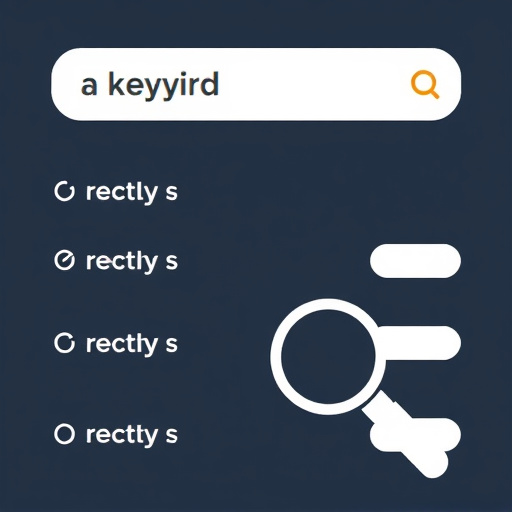
Measuring Success involves analyzing how headers impact on-page SEO optimization results. By utilizing tools like Google Search Console and analytics software, marketers can track keyword rankings and traffic changes after implementing header strategies. These insights reveal which headers effectively boost local search visibility, as seen in studies focusing on web design Arlington and digital marketing Dallas. For instance, a well-structured header hierarchy with relevant keywords can significantly improve page load times and user engagement, both crucial factors for high rankings.
Additionally, monitoring organic traffic trends helps identify which pages are gaining more visibility. This data allows content creators to refine headers further, ensuring each section provides value to readers and search engines alike. In the competitive digital marketing landscape, understanding these connections between headers and on-page SEO optimization is key to staying ahead, whether in Arlington or Dallas.
Headers play a pivotal role in on-page SEO optimization, structuring content and guiding both users and search engines. By strategically optimizing header tags, you can enhance visibility and improve rankings. Measuring the impact of headers through analysis provides valuable insights into their effectiveness. Incorporating these tactics ensures your web pages are not only optimized for search engines but also offer a seamless user experience, ultimately contributing to better on-page SEO results.




